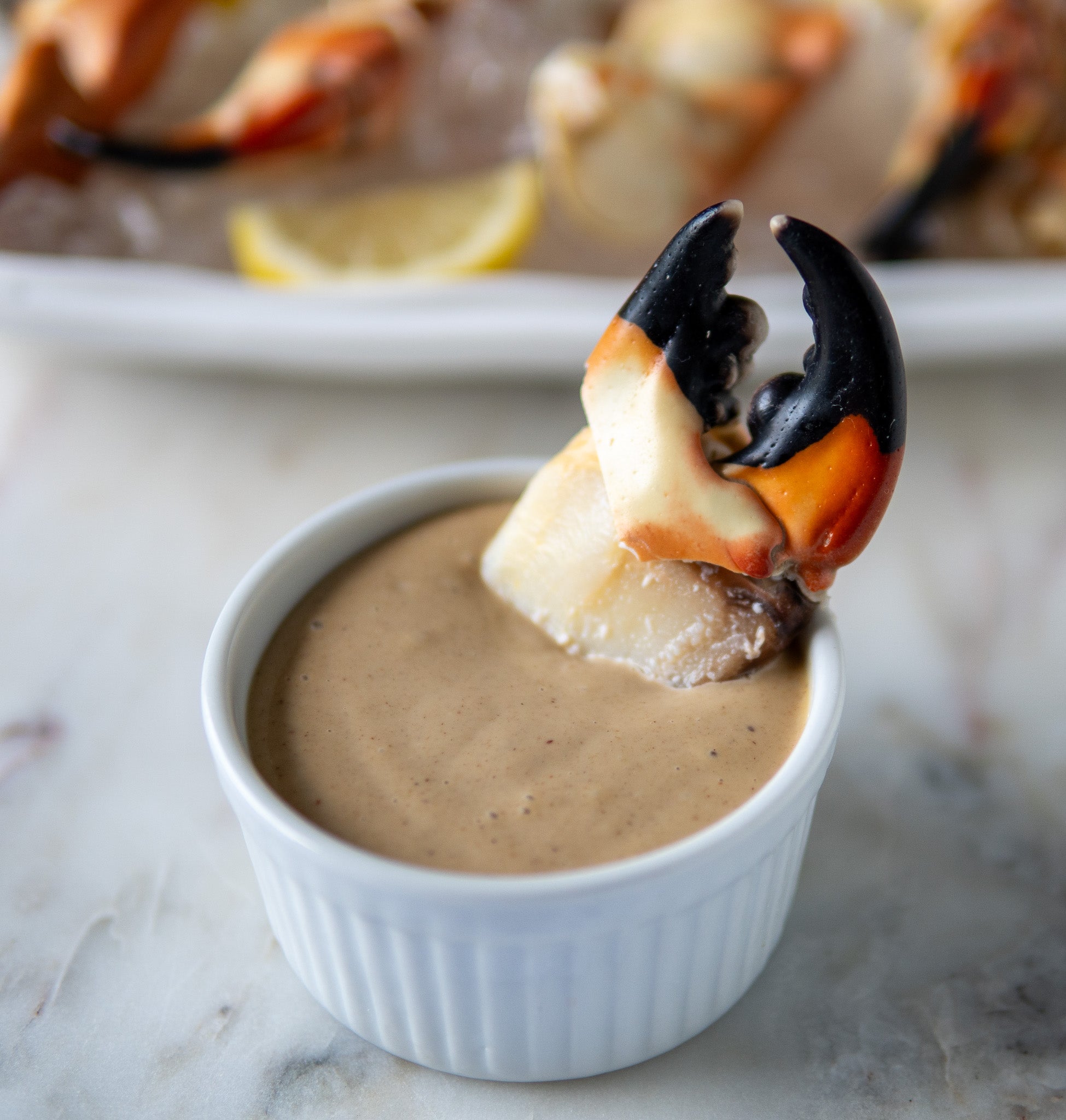Stone Crab vs Jonah Crab: Which Tastes Better?
Seafood lovers and chefs often find themselves debating the flavor and texture differences between Stone Crab and Jonah Crab. While both crabs are popular, their taste profiles and best culinary uses vary significantly. Stone Crab is often celebrated as a luxury delicacy with its firm, sweet claw meat, while Jonah Crab is appreciated as a versatile and affordable option in soups, crab cakes, and pastas. Understanding these distinctions not only helps you order with confidence but also allows you to appreciate each crab for what it brings to the table.
Flavor Profiles
Stone Crab Taste and Texture
Stone Crab claws are famous for their dense, flaky meat and natural sweetness. The texture is firm yet tender, offering a satisfying bite that pairs perfectly with light sauces. Stone Crab is often compared to lobster for its richness but has a cleaner, slightly briny flavor that makes it uniquely refreshing. Its meat is typically served cold to preserve the delicate texture and flavor, which doesn’t need heavy seasoning to shine.
Jonah Crab Taste and Texture
Jonah Crab meat, while also sweet, is softer and less dense than Stone Crab. It has a slightly more fibrous texture, making it an excellent option for recipes where crab blends with other ingredients. The flavor is mild and adaptable, which is why Jonah Crab is often used in dishes like crab cakes, bisques, and pastas where its sweetness can complement spices and sauces. While it may not match the luxury profile of Stone Crab, Jonah Crab provides consistent, enjoyable flavor at a more accessible price.
Blind Taste Test Results (with chefs or staff)
In blind tastings conducted among chefs and restaurant staff, Stone Crab often wins in terms of sweetness and meat density. Tasters frequently note its firm, premium bite that stands out when eaten plain or dipped in a simple mustard sauce. Jonah Crab, however, scores highly in versatility. Many tasters praise it as a "team player" in complex recipes, where its lighter texture absorbs flavors well. Interestingly, some participants could not immediately distinguish between the two in mixed dishes, highlighting how preparation style influences perception of flavor.
Best Cooking Uses
Stone Crab (served cold with mustard sauce)
Stone Crab shines brightest when enjoyed simply. Because the claws are pre-cooked and sold chilled, the best way to serve them is cracked open with a tangy mustard sauce or light butter dip. The natural sweetness of the meat takes center stage, and minimal preparation preserves its luxury appeal.
Jonah Crab (soups, crab cakes, pastas)
Jonah Crab’s softer, more fibrous texture makes it ideal for incorporation into recipes. It binds beautifully in crab cakes, adds depth to creamy crab bisques, and brings sweetness to pasta dishes. Its affordability also makes it a go-to choice for chefs who want to use crab generously without breaking the budget.
Nutritional Comparison
Both Stone Crab and Jonah Crab offer lean, high-protein meat that’s low in fat. Stone Crab claws are slightly higher in protein per ounce and provide a firmer source of omega-3 fatty acids, supporting heart health. Jonah Crab, while slightly lower in protein, is still nutrient-dense and provides essential vitamins like B12 and minerals such as zinc and selenium. For calorie-conscious diners, both options are excellent, with fewer than 100 calories per 3-ounce serving. The nutritional differences are subtle, so the decision usually comes down to taste and price rather than health benefits.
Conclusion
When it comes to Stone Crab vs. Jonah Crab, both are undeniably delicious but they shine in different contexts. Stone Crab is best enjoyed as a stand-alone delicacy, with its firm, sweet claw meat served cold and simple. Jonah Crab, on the other hand, is versatile and affordable, lending itself beautifully to mixed dishes like soups, crab cakes, and pastas. Whether you’re after luxury or everyday comfort, both crabs have a place on the seafood lover’s table.



